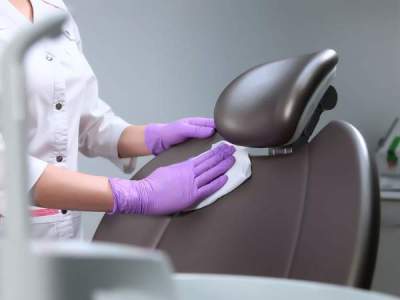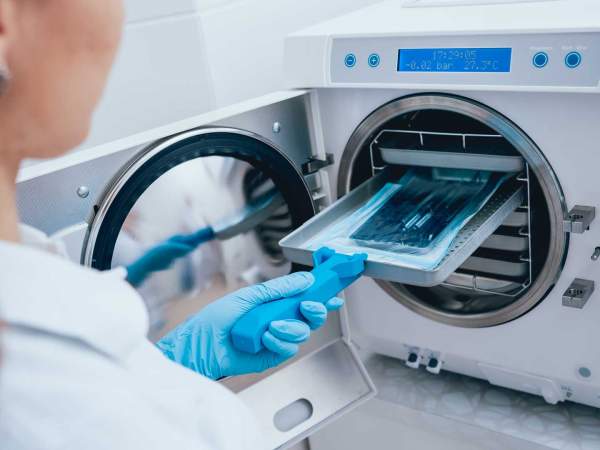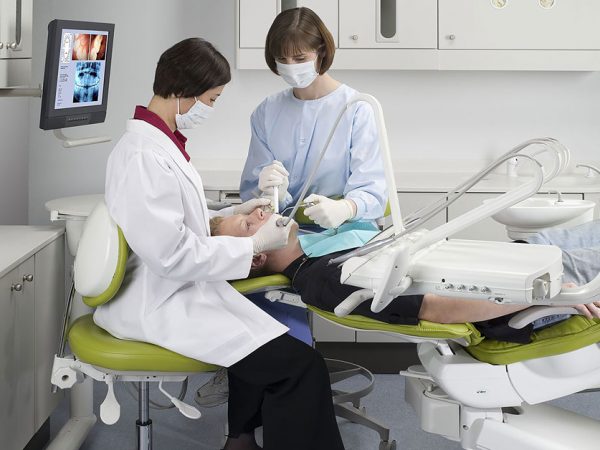
Running a successful dental practice requires more than just skilful hands and a welcoming environment; it necessitates the use of cutting-edge dental equipment to ensure top-notch patient care. Selecting the right dental equipment is a crucial aspect of managing a modern dental practice. In this guide, we’ll explore the essential steps and considerations for sourcing the best dental equipment to enhance the efficiency, accuracy, and overall success of your practice.
Assess Your Practice Needs
Before diving into the market, assess the specific needs of your dental practice. Consider the services you provide, the size of your practice, and the patient demographic you cater to. This analysis will guide you in identifying the essential equipment required for your unique practice.
Stay Informed About Technological Advancements
Dentistry is a rapidly evolving field with constant technological advancements. Stay informed about the latest innovations in dental equipment, such as digital imaging systems, laser technology, and CAD/CAM systems. Investing in state-of-the-art technology can set your practice apart and improve patient satisfaction.
Budget Considerations
Establish a realistic budget for acquiring new dental equipment. While it’s tempting to go for the latest and most expensive options, it’s crucial to balance your budgetary constraints. Consider both short-term and long-term financial implications, including maintenance costs, warranties, and potential upgrades.
Research Reputable Suppliers
Identify reputable suppliers with a track record of providing high-quality dental equipment. Look for suppliers that offer comprehensive support, including training, maintenance services, and warranties. Reading reviews, seeking recommendations from colleagues, and attending industry conferences can help you find reliable suppliers.
Ensure Regulatory Compliance
Your equipment must adhere to strict regulatory standards to ensure patient safety and compliance with industry regulations. Verify that the equipment you’re considering meets all necessary certifications and regulatory requirements. This step is crucial for avoiding legal issues and maintaining the reputation of your practice.
Ergonomics and User-Friendliness
Dental professionals often work long hours, making it essential to prioritise the ergonomic design and user-friendliness of the equipment. Comfortable and intuitive tools not only enhance the practitioner’s experience but also contribute to improved patient outcomes.
Test Equipment Before Purchase
Whenever possible, arrange for demonstrations or trial periods for the dental equipment you’re considering. This hands-on experience allows you to assess the functionality, ease of use, and compatibility with your practice workflow. Don’t hesitate to ask for feedback from your dental team before making a final decision.
Plan For Future Growth
Anticipate the future growth of your practice when selecting dental equipment. Choose equipment that can be easily upgraded or expanded to accommodate an increasing patient base or the introduction of new services. This forward-thinking approach ensures that your investments remain relevant in the long run.
Investing in the best dental equipment is an integral part of maintaining a successful and competitive dental practice. By thoroughly assessing your needs, staying informed about technological advancements, considering budget constraints, researching suppliers, ensuring regulatory compliance, prioritising ergonomics, testing equipment, and planning for future growth, you can make informed decisions that benefit both your practice and the well-being of your patients. Keep your practice at the forefront of dental innovation by consistently evaluating and updating your equipment to provide the highest standard of care.




